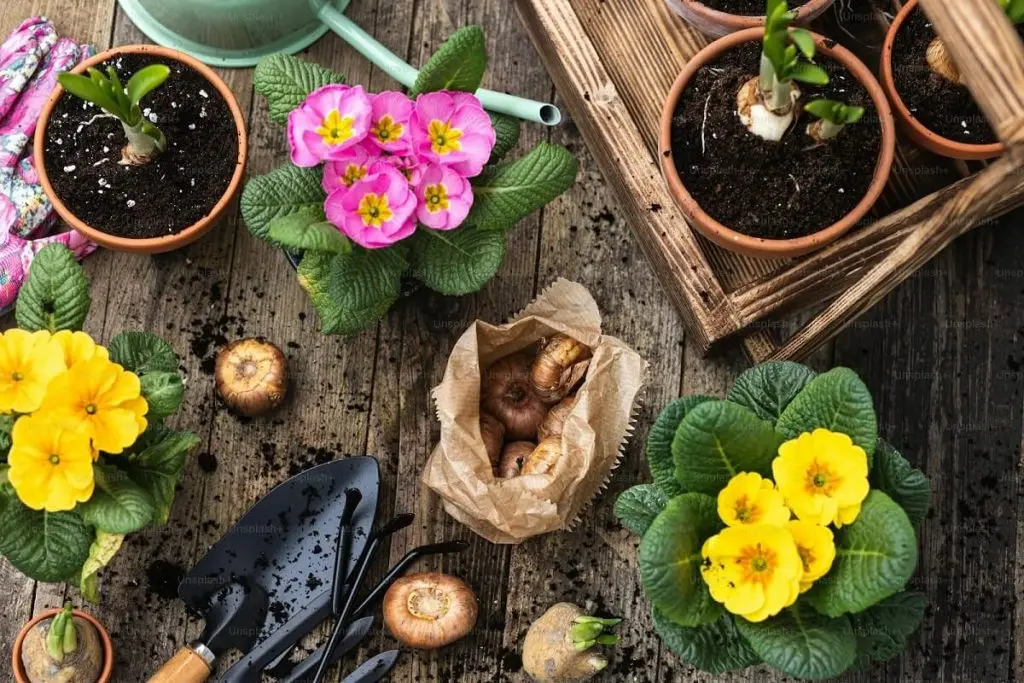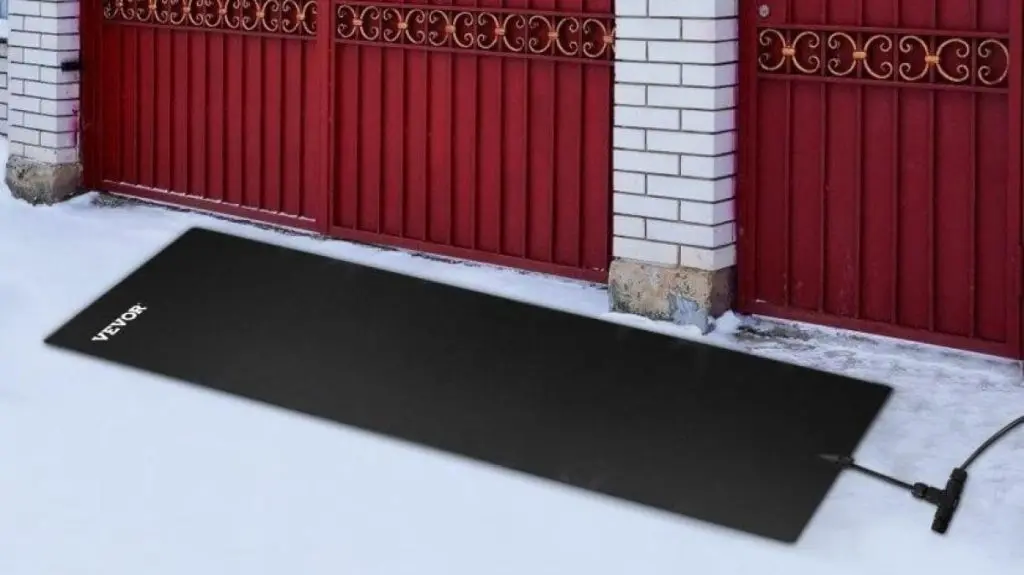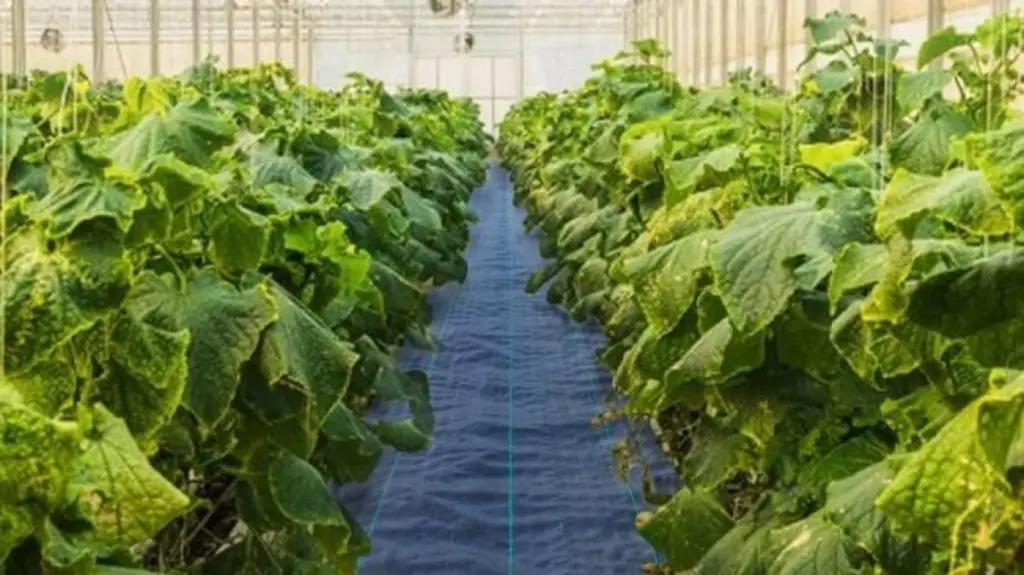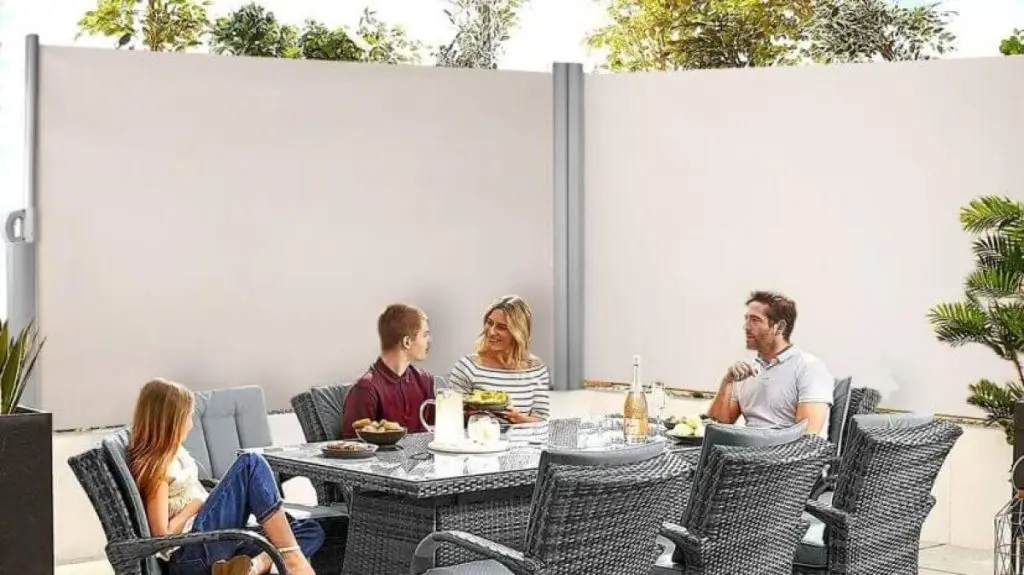Are you ready to experience Square Foot Gardening (SFG), a new and revolutionary method of gardening? This strategy is ideal for both beginner and seasoned gardeners. It maximizes space, minimizes weeding, and increases production. It is suitable for tiny spaces and urban gardening. SFG is user-friendly and encourages efficient plant development, making gardening accessible and beneficial to everybody.
The objective of this site is to give a detailed reference on Square Foot Gardening. This square-foot gardening guide will teach you all you need to know. We will discuss how to plan, plant, and harvest your SFG. Furthermore, we will discuss how VEVOR’s gardening tools might improve your SFG experience. These gadgets make your garden not only practical but also aesthetically pleasing.
So, are you ready to dig deeper and grow more with less space? Let’s get started!
Table of contents
What is Square Foot Gardening?
This method was discovered by Mel Bartholomew in the late 1980s. Its aim is to simplify gardening, increase efficiency and productivity by organizing the area to be gardened into smaller grids. Every square area of the raised bed is assigned to the different plants, which means that one can grow many crops in a small space.
The origins of SFG can be traced back to Bartholomew’s frustration with traditional row gardening, which he found wasteful and inefficient. His system revolutionized home gardening, offering numerous benefits such as reduced weeding, less waste, and higher yields. It’s particularly advantageous for small spaces, urban gardens, and beginners, thanks to its simplicity and productivity.
Key advantages of SFG include:
- Focusing on intensive planting in small areas allows SFG to yield more produce per square foot compared to traditional gardening methods.
- The compact layout reduces the need for extensive weeding and watering, saving time and effort.
- It is ideal for urban gardens, balconies, and small yards where space is limited but productivity is desired.
- SFG supports healthy soil by utilizing compost and effective nutrient management.
Square Foot Gardening is a practical and effective way to raise vegetables and herbs. This makes it a popular choice among modern gardeners looking for sustainable, high-yield gardening solutions.
Planning Your Square Foot Garden
Choosing the Right Location
To begin with, selecting the right location is critical to the success of your SFG. Light is vital since most veggies require at least 6 to 8 hours of direct sunshine each day. Choose a flat terrain to ensure even watering and easier maintenance. If your yard is uneven, consider using raised beds to create a level growing area.
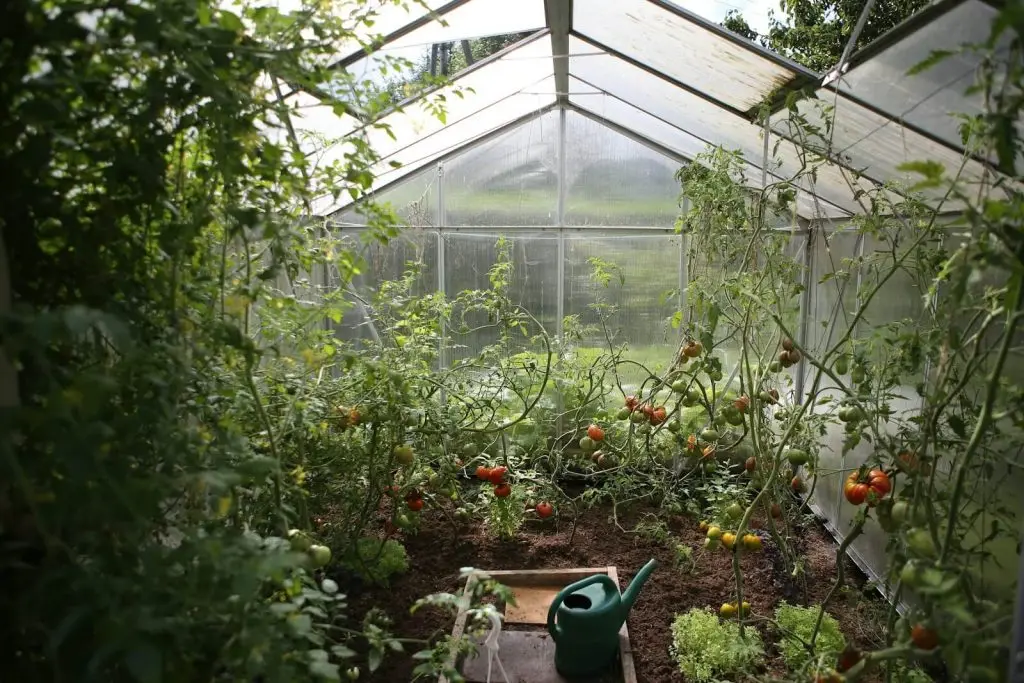
Designing Your Garden Layout
Creating a grid with raised beds and pathways is the essence of square box gardening. Begin by building square foot gardening raised beds, ideally 4×4 feet, which allows easy access from all sides without stepping on the soil. Use a grid of string or wooden slats to divide the bed into 16 one-foot squares. This grid helps organize planting and ensures optimal spacing for each plant.

The VEVOR Wooden Raised Garden Bed Planter Box, measuring 33.9 x 18.1 x 30 inches, is an excellent choice for SFG. This design enables you to garden without having to bend and the two-story structure offers sufficient area for growth and other gardening needs.
The distance between the beds also should be comfortable to walk and work; in general, it should not be less than 2 feet. This layout not only optimizes the space needed for growth but also simplifies the task of maintaining your gardens.
Soil and Preparation
The optimum soil mix, also known as Mel’s Mix, consists of compost, peat moss, and coarse vermiculite in the ratio of 1:1:1. This combination is appropriate since it provides nutrients, and moisture, and has excellent aeration characteristics. To begin, fill your square-foot gardening raised beds with Mel’s Mix. It is an ideal growth medium that must be properly mixed and spread. Compost is crucial for promoting healthy root growth and vigorous plant growth in the garden.
Choosing the Right Plants
Best Plants for Square Foot Gardening
Square Foot Gardening (SFG) is optimized for growing a variety of plants efficiently within limited space. Here are some recommended plants that thrive in SFG:
- Lettuce: Ideal for small squares due to its quick growth and compact size. You can plant 4 lettuce plants per square foot.
- Tomatoes: Choose compact or determinate varieties for easier management. Plant 1 tomato plant per square foot, ensuring proper support.
- Herbs: Herbs like basil, parsley, and cilantro are perfect for filling smaller squares. They add flavor to dishes and can be densely planted, usually 4 plants per square foot.
Plant Size and Spacing
Proper spacing is crucial in SFG to maximize plant growth and yield. Here are guidelines based on plant size:
- Large Plants: Allow one square foot per plant for larger veggies such as tomatoes, peppers, and eggplants. These plants need greater room for roots and leaves.
- Medium Plants: Plants such as broccoli, cauliflower, and Swiss chard should be spaced roughly one plant per square foot to allow for proper growth.
- Small Plants: Compact plants require more space.
By following these guidelines, you can efficiently utilize your garden space while ensuring each plant has the necessary room to thrive. Adjust spacing based on specific plant varieties and local growing conditions for optimal results in your square-foot garden.
Implementing Square Foot Gardening Techniques
Planting and Spacing Techniques
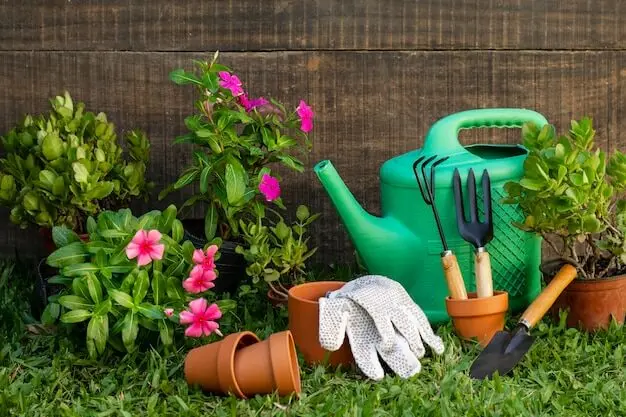
Planting Square Foot Gardening (SFG) follows a systematic approach to maximize space and yield:
- Grid Layout: Divide your raised bed into one-foot squares using wooden slats or strings. This aids in planting area organization.
- Planting Holes: Count the number of plants per square foot of each variety of plant according to its size. Make little furrows or plant holes in every square.
- Plant the seeds: Follow the directions and plant the seeds in the holes that have been created. Gently press soil onto seeds, making sure the surface is solid.
- Labeling: To identify each square and its contents, use labels or plant markers. This facilitates monitoring plant growth and harvest intervals.
- Watering: Water the plants right away to let the soil surrounding the seeds or roots settle.
- Maintenance: Keep an eye on the growth of your plants and thin out seedlings as needed to keep the required distance between them. This stops rivalry for resources and overcrowding.
By following these planting and spacing guidelines, you can make the best use of your square-foot garden for maximum plant growth and productivity all season long.
Vertical Gardening and Companion Planting
There is also need to do vertical gardening to increase space utilization. To support climbing plants such as beans, cucumbers, and tomatoes, install trellises, cages, or stakes. This also reduces floor area, facilitates air circulation, and minimizes the spread of diseases.
The VEVOR Tomato Cages are 14 inches in length, 14 inches in width, and 60 inches in height. These are ideal for giving maximum support to your climbing vegetables. These cages minimize drooping from the weight of the fruits, facilitate air circulation, and deter animals from wreaking havoc on the plants.
Companion planting is another effective strategy. Planting compatible crops together can enhance growth and deter pests. For instance, planting marigolds near tomatoes can repel harmful insects, while beans can enrich the soil with nitrogen for leafy greens.
Recommended For Your Project
Maintenance and Care
Watering and Irrigation Systems
Correct watering is critical in supporting a healthy and productive SFG. Drip irrigation systems are particularly advisable, as they water the plants through the roots in a sparing and disease-resistant manner. Or, water the plants with a soaker hose or by hand, keeping the soil consistently moist but not wet.
Organic mulching also assists in conserving water, hence reducing the frequency of watering the plants from time to time. It aids in maintaining the soil moist, slows down the establishment of weeds, and releases nutrients to the soil as it decays.

For efficient watering in your square-foot garden, consider using the VEVOR Stainless Steel Hand Pump Sprayer. This durable sprayer, with a 1.5-gallon capacity and adjustable pressure, ensures rust-proof longevity and reliable performance. Its premium brass nozzle can adjust from direct injection to a fine mist, making it versatile for different watering needs.
The sprayer also features a flexible hose and spray stick, allowing you to reach distances of up to 23 feet, ideal for thorough garden coverage.
With its easy-to-use design, including a bowl-shaped water inlet and a humanized handle for quick pressure buildup, watering becomes effortless. The adjustable shoulder strap enhances portability, and its multiple applications make it a valuable tool for all your gardening needs.
Pest and Weed Control
The other benefit of the SFG is that there is less probability of insects and weeds attacking your plants. Inspect your plants often for pests, and control them by using organic pesticides like neem oil or insecticidal soap. Implement pest control methods that are natural, for instance, the incorporation of good bugs to get rid of the bad ones like ladybugs.
It may also be necessary to use mulch on the plants to prevent the weeds from germinating and pull out the weeds that emerge.
Harvesting and Optimizing Yield
Harvesting your crops at the right time ensures they’re fresh and flavorful. Here are some tips to maximize your yield in Square Foot Gardening:
- Gently pull root vegetables like carrots and radishes from the soil when they reach the favored size. Avoid damaging neighboring flora.
- Pick tomatoes, peppers, and cucumbers while they are fully ripe.
- Harvest herbs frequently via snipping stems simply above a leaf node.
- Regularly harvest crops to encourage continuous production throughout the growing season.
- Harvest in the morning when plants are hydrated and cool. This helps retain nutrients and flavors.
- Use sharp scissors or pruners for smooth cuts and to avoid damaging vegetation.
- To maintain freshness, store harvested vegetables in a cool, dark place. Consider freezing or preserving excess harvests for later use.
By following these harvesting tips, you’ll enjoy a bountiful yield from your Square Foot Garden while ensuring your plants remain healthy and productive throughout the season.
Conclusion
Through gardening by square foot, you can have a blooming garden full of fresh vegetables, even if you only have a small space to work with. By designing appropriate square foot gardening plans, proper maintenance, and creativity, the individual will harvest great vegetables throughout the season.
So, embrace the joy of square-foot gardening and discover the magic of creating your own bit of heaven.Do not miss the opportunity to supplement your gardening process with the necessary tools from VEVOR that will help to plant, maintain, and harvest plants. Check out the available Square Foot Gardening tools online in VEVOR today and improve your garden. Happy gardening!

